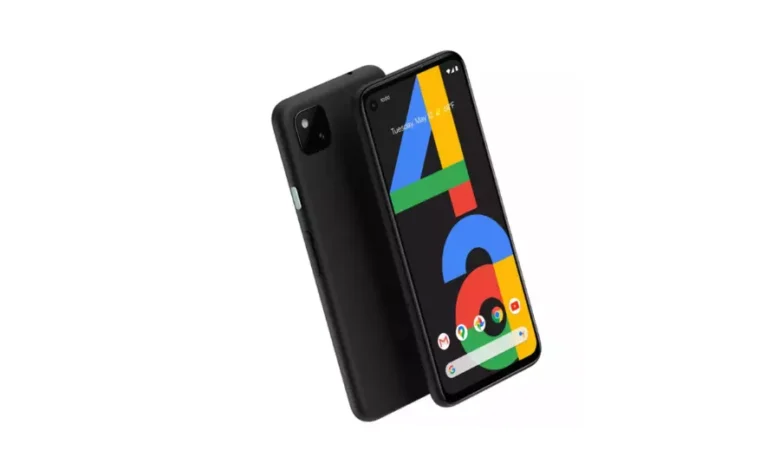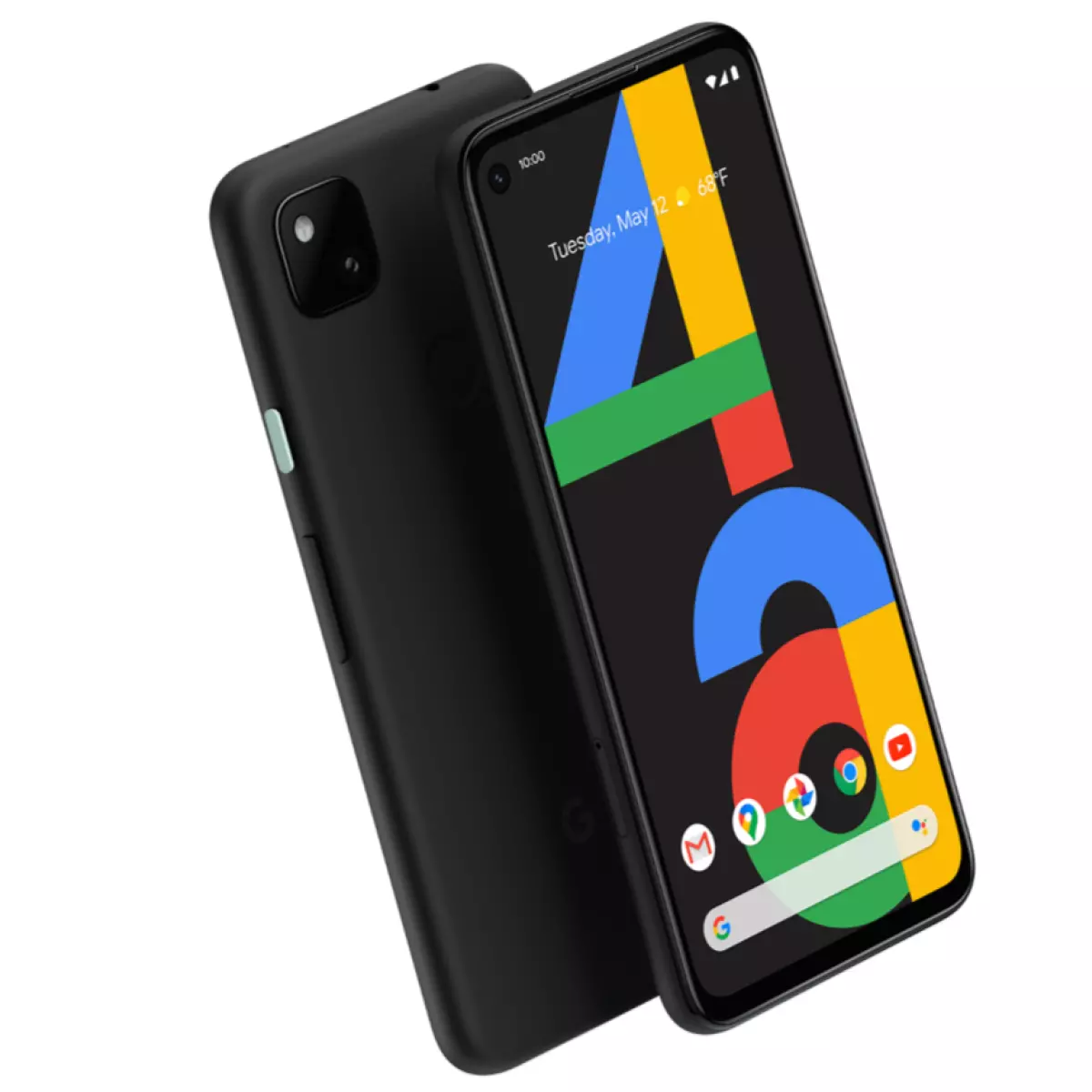

Google Pixel 4 Full Specifications and Price in United States, Europe and United Kingdom:
| First Release | October 2019 |
| Colors | Oh So Orange (limited edition), Just Black and Clearly White |
| Connectivity | |
|---|---|
| Network | 2G, 3G, 4G |
| SIM | Nano-SIM card & eSIM |
| WLAN | dual-band, Wi-Fi direct, DLNA, Wi-Fi hotspot |
| Bluetooth | v5.0 – A2DP, LE, aptX HD |
| GPS | A-GPS, GLONASS, BDS, GALILEO |
| Radio | ✖ |
| USB | v3.1 |
| OTG | Yes |
| USB Type-C | Yes |
| Body | |
| Style | Full-View |
| Material | Gorilla Glass 5 front & back, aluminum frame |
| Water Resistance | IP68 dust/water resistant (up to 1.5m for 30 mins) |
| Dimensions | 147.1 x 68.8 x 8.2 millimeters |
| Weight | 162 grams |
| Display | |
| Size | 5.7 inches |
| Resolution | Full HD+ 1080 x 2220 pixels (444 ppi) |
| Technology | P-OLED Touchscreen |
| Protection | Corning Gorilla Glass 6 |
| Features | Multitouch, HDR, DCI-P3, 90 Hz, Always-on display |
| Back Camera | |
| Resolution | Dual 12.2+16 Megapixel |
| Features | Dual pixel PDAF, OIS, 2x optical zoom, telephoto, dual-LED flash & more |
| Video Recording | Ultra HD 4K (2160p), gyro-EIS (1080p) |
| Front Camera | |
| Resolution | Dual 8 Megapixel + TOF 3D camera |
| Features | Ultrawide, auto-HDR & more |
| Video Recording | Full HD (1080p) |
| Battery | |
| Type and Capacity | Lithium-polymer 2800 mAh (non-removable) |
| Fast Charging | 18W Fast Charging, QI wireless charging |
| Performance | |
| Operating System | Android 10, upgradable to Android 11 |
| Chipset | Qualcomm Snapdragon 855 (7 nm) |
| RAM | 6 GB |
| Processor | Octa core, up to 2.84 GHz |
| GPU | Adreno 640 |
| Storage | |
| ROM | 64 / 128 GB |
| MicroSD Slot | ✖ |
| Sound | |
| 3.5mm Jack | ✖ |
| Features | Loudspeaker |
| Security | |
| Fingerprint | ✖ |
| Face Unlock | Yes |
| Others | |
| Notification Light | Yes |
| Sensors | Face ID, Accelerometer, Gyro, Proximity, E-Compass, Barometer |
| Manufactured by |
Google Pixel 4 Price in United States, Europe and United Kingdom:
| United States | $ 500.00 |
| Europe | € 379.00 |
| United Kingdom | £ 357.00 |

Google Pixel 4 is a high-end smartphone released by Google in October 2019. It has a 5.7-inch OLED display, a dual-camera system on the back, and an 8MP front-facing camera with a TOF sensor for facial recognition. The Pixel 4 is powered by the Qualcomm Snapdragon 855 processor and has 6GB of RAM. It runs on Android 10 and has a 2800mAh battery.
The Google Pixel 4 main selling points are its camera and software. The camera is one of the best on the market, and it takes great photos in all lighting conditions. The software is also very user-friendly and gets regular updates from Google.
Disclaimer: We can not guarantee that the information on this page is 100% correct. Read more
FAQ:
- Processor: The processor is the brain of the smartphone, and it determines how fast the device can run apps and games.
- RAM: RAM is the short-term memory of the smartphone, and it stores data that is currently being used by the device.
- Storage: Storage is the long term memory of the smartphone, and it is where you store apps, photos, videos, and other files.
- Display: The display is the screen of the smartphone, and it is where you interact with the device.
- Camera: The camera is used to take photos and videos, and it is an important consideration for people who take a lot of pictures or videos.
- Battery: The battery is the power source of the smartphone, and it determines how long the device can run on a single charge.
- Operating system: The operating system is the software that runs on the smartphone, and it determines how the device works.
There are a number of other technical features that can affect the performance and user experience of a smartphone. These features can include:
- Connectivity: The connectivity features of a smartphone determine how you can connect to the internet and other devices. The most common connectivity features for smartphones are Wi-Fi, Bluetooth, and cellular data.
- Sensors: The sensors in a smartphone can be used to track your movement, measure your heart rate, and more. Some of the most common sensors in smartphones are accelerometers, gyroscopes, and proximity sensors.
- Security features: The security features of a smartphone can help to protect your data from unauthorized access. Some of the most common security features in smartphones are fingerprint scanners, facial recognition, and encryption.